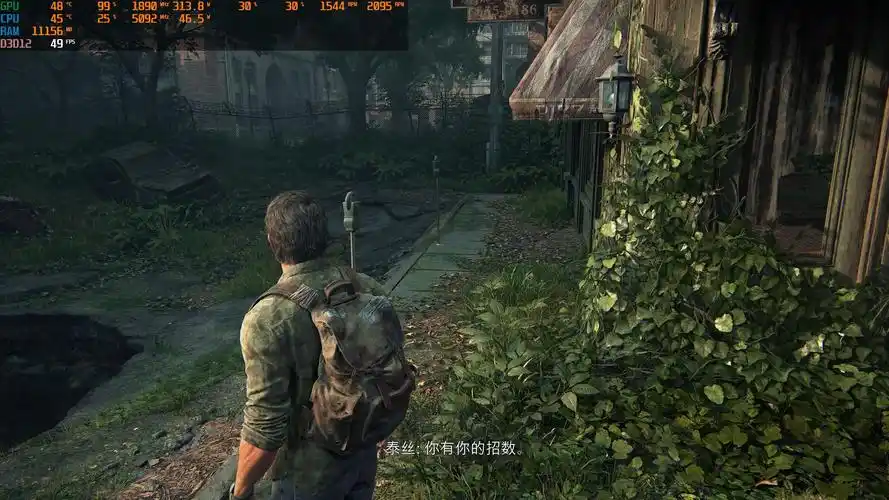Title: Navigating Urban Futures: The "Manage Missions" Expansion for Mayor Simulator VR
The realm of virtual reality has consistently pushed the boundaries of experiential learning and entertainment, allowing users to step into shoes they might never fill in reality. "Mayor Simulator VR" brilliantly capitalized on this potential, placing players in the hot seat of city governance, where every decision ripples through a complex urban ecosystem. Its latest expansion, "Manage Missions," is not merely an update; it is a profound evolution that redefines the core gameplay, transforming it from a reactive city-builder into a dynamic, strategic leadership simulator. This expansion introduces a structured yet flexible framework of objectives that challenges players to think like true civic leaders, balancing immediate crises with long-term visionary projects.
Beyond Sandbox: The Philosophy of "Manage Missions"
The original game excelled as a sandbox, offering freedom but sometimes lacking a sense of directed purpose. The "Manage Missions" expansion addresses this by introducing a multi-layered system of goals that provide context, urgency, and narrative depth. These are not simple, one-off tasks but intricate campaigns woven into the fabric of your city's unique story.
Missions are categorized into three primary types, each testing a different aspect of mayoral prowess:
-
Crisis Response Missions: These are urgent, high-pressure scenarios that demand immediate attention. A virtual reality headset truly comes into its own here. You're not just clicking a "fix" button; you are physically transported to the scene. Imagine the VR perspective: you're standing at the edge of a neighborhood engulfed by a sudden flood, hearing the panic of citizens (through immersive spatial audio), and having to manually coordinate disaster relief units by pointing and directing on a holographic map that appears before you. Another mission might involve a major public transit breakdown during rush hour, forcing you to reroute buses and manage citizen frustration in real-time. These missions test your decisiveness, resource allocation under pressure, and ability to manage public sentiment.
-
Policy & Initiative Campaigns: This is where the expansion delves deep into the strategic heart of governance. Instead of arbitrarily placing parks or raising taxes, you now undertake missions to implement specific policies. A mission chain might be titled "The Green City Initiative." It would start with a mission to research renewable energy options, requiring you to allocate funds to the virtual city's R&D department. The next mission could be to lobby the hostile city council by presenting your data convincingly in a virtual town hall meeting. The final mission might be to oversee the construction of a solar farm, requiring careful budgeting and zoning. Another campaign could focus on social equity, involving missions to reduce crime by improving education and community centers in specific districts. These layered missions provide a tangible sense of progression and accomplishment far beyond merely watching a happiness meter rise.
-
Long-Term Legacy Projects: These are the monumental undertakings that define a mayor's legacy. The mission to build a new international airport, a sprawling subway network, or a cutting-edge technology hub is broken down into a series of complex, interlinked missions spanning multiple in-game years. You'll need to secure federal grants (through mini-game negotiations), manage disruptive construction phases that anger residents, and finally, inaugurate the project to a massive public turnout. The VR immersion makes the scale of these achievements palpable—standing on a podium to cut the ribbon on a bridge you shepherded from blueprint to reality is a uniquely rewarding experience.

The VR Advantage: Immersion in Decision-Making
The "Manage Missions" expansion leverages the VR medium to its fullest potential. Decision-making feels weightier because you are in the world you are shaping. Reviewing a mission docket isn't done through a menu but by picking up a virtual tablet or looking at a large screen in your digital office. Citizen feedback isn't a text pop-up; it's delivered by NPCs who approach you during public walkabouts, their body language and tone of voice conveying their approval or disdain directly to you.
The tactile nature of VR interfaces means that balancing the budget for a mission involves physically moving fund sliders between departments. Negotiating with a stubborn city councilor might require using voice recognition software to choose your dialogue responses, adding a layer of personal engagement to political maneuvering.
A New Paradigm for Civic Engagement
Ultimately, the "Manage Missions" expansion does more than just add content; it reframes the entire game. It teaches players about the interconnectedness of urban systems—how a decision in transportation affects the economy, environment, and social equity. It emphasizes that leadership is about more than placing buildings; it's about vision, negotiation, crisis management, and seeing long-term plans through to fruition.
For fans of city-builders and simulation games, this expansion offers unprecedented depth and a compelling reason to revisit their cities with a new purpose. For everyone else, "Mayor Simulator VR: Manage Missions" stands as a landmark in experiential software, a powerful tool that fosters a deeper understanding of the complexities and responsibilities of leadership, all from the most intimate perspective possible—the first-person view of the mayor's office.


















